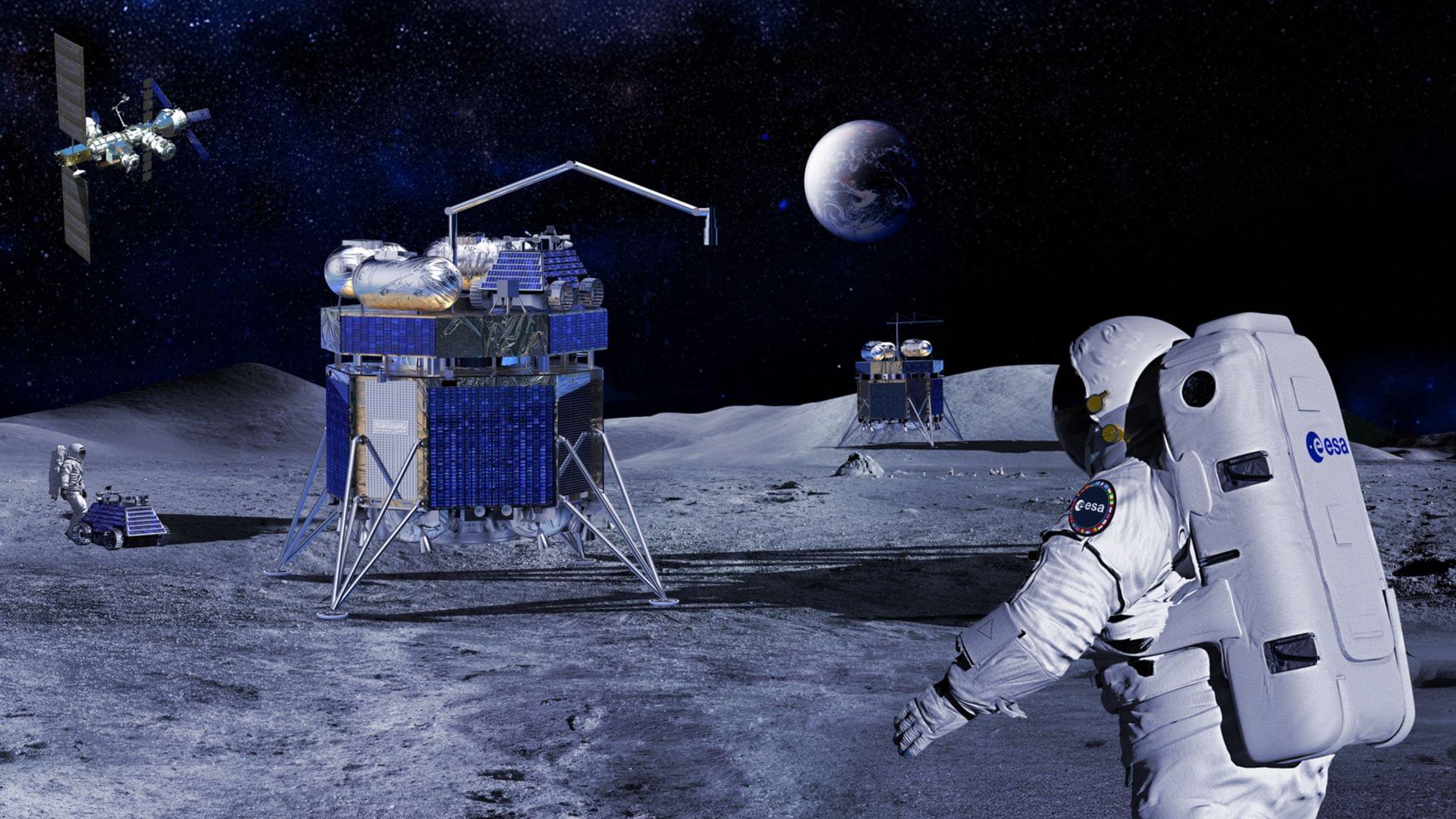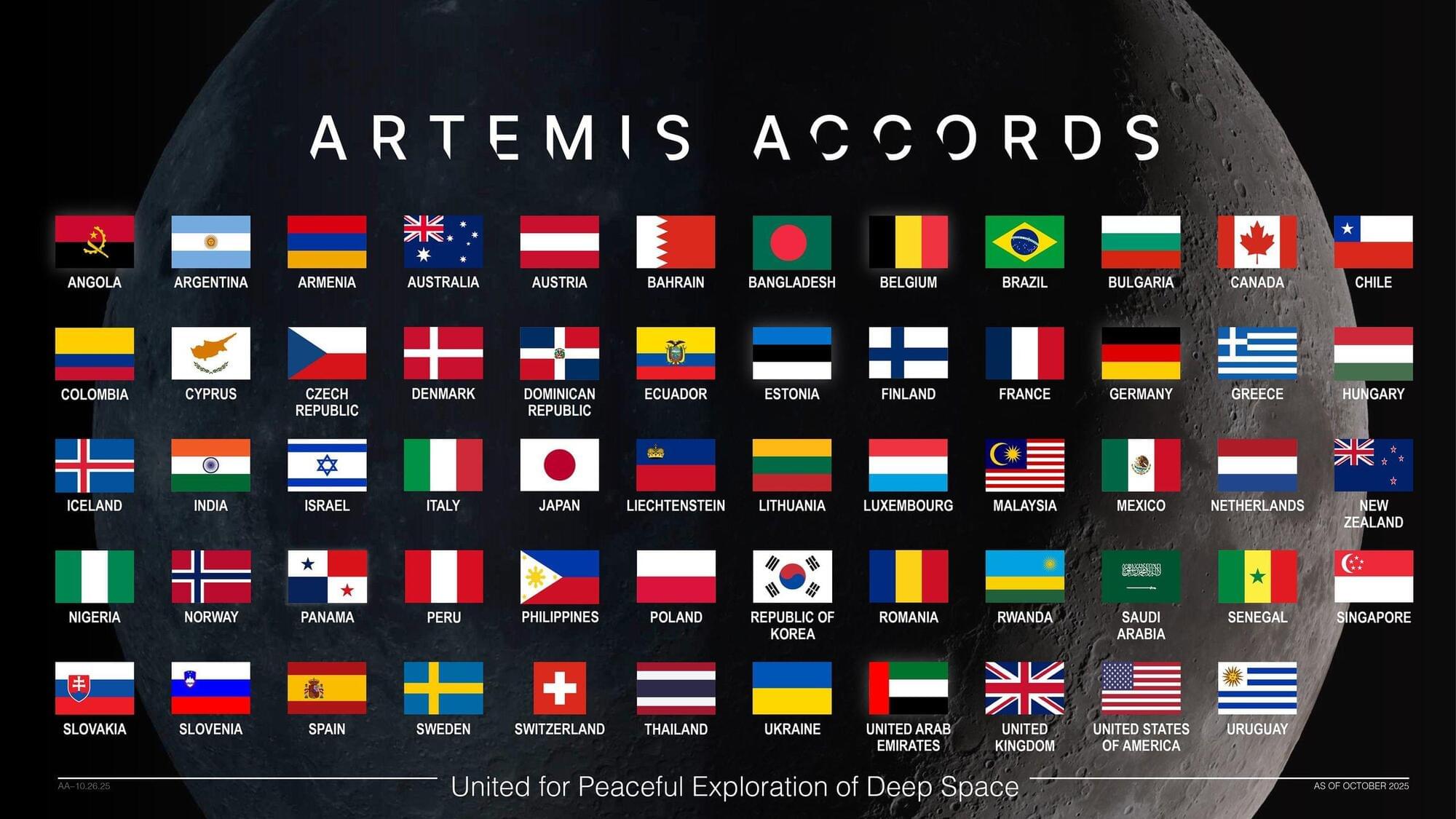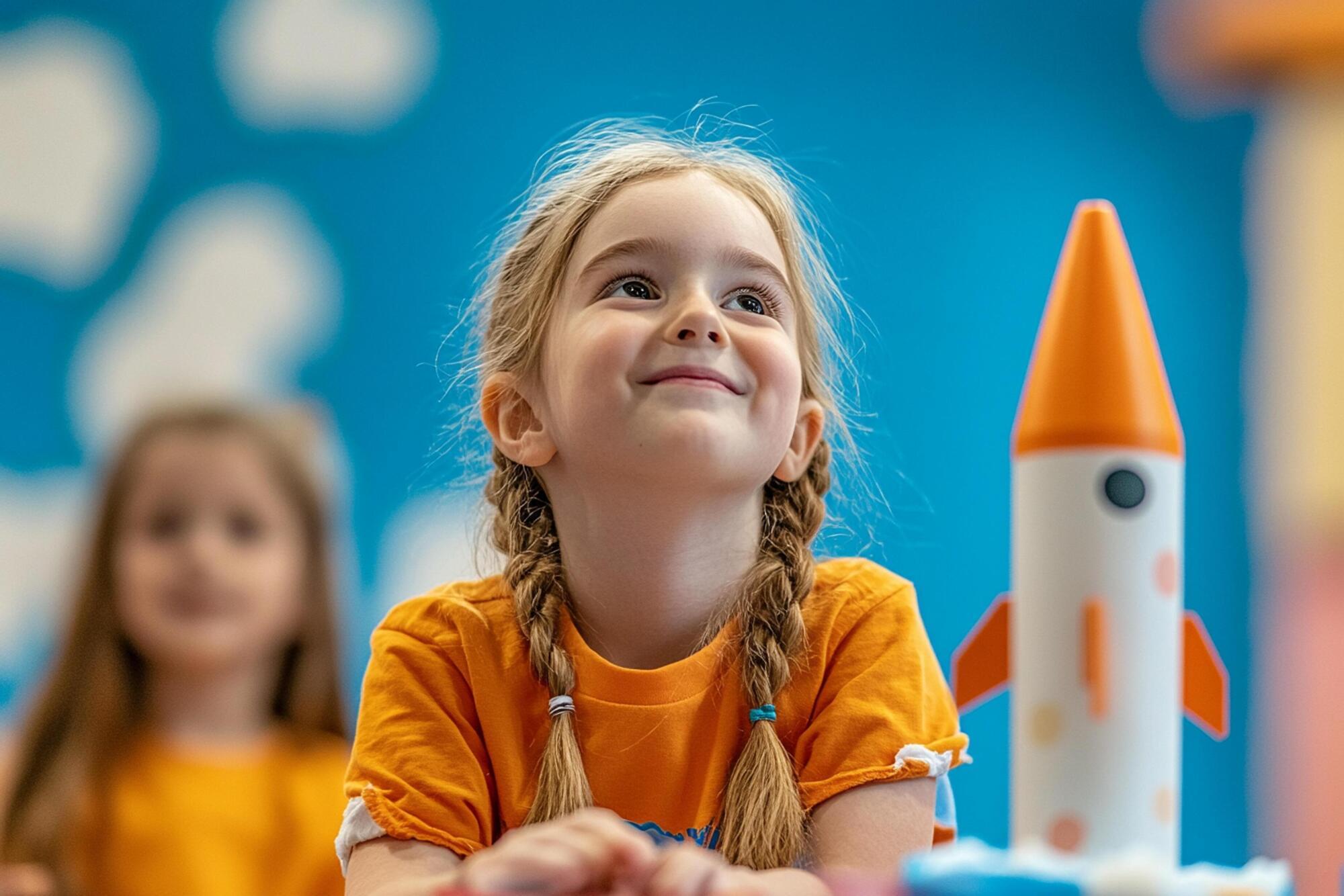Consider two events, A and B, such as flashes of light made by two sources in different places.
Cause and effect means there are three possibilities: 1) Flash A happened before flash B, and via some mechanism, could have triggered B; 2) Flash B happened before Flash A and could have triggered it; 3) Neither one could have triggered the other because they are too far apart in space and too close in time for a triggering signal to have been sent from one location to the other.
Now, Einstein’s Special Theory of Relativity states that all observers, no matter how fast they’re moving relative to each other, see light travelling at the same constant speed.
This strange but simple fact can lead to observers seeing events happening in different orders.
For option above, two observers moving relative to each other close to the speed of light might disagree on the ordering of flashes.
Thankfully, there’s no danger of an effect coming before its cause (known as a ‘violation of causality’) since the events are too far apart for either to cause the other.
However, what if options and coexisted in a quantum superposition? The causal order of the two events would no longer be fixed.








